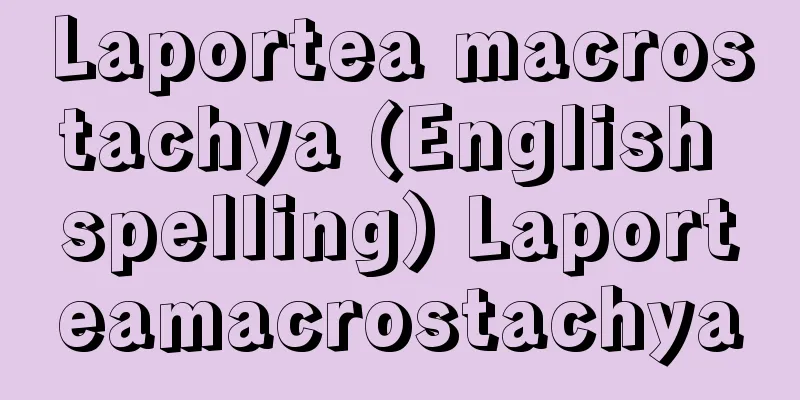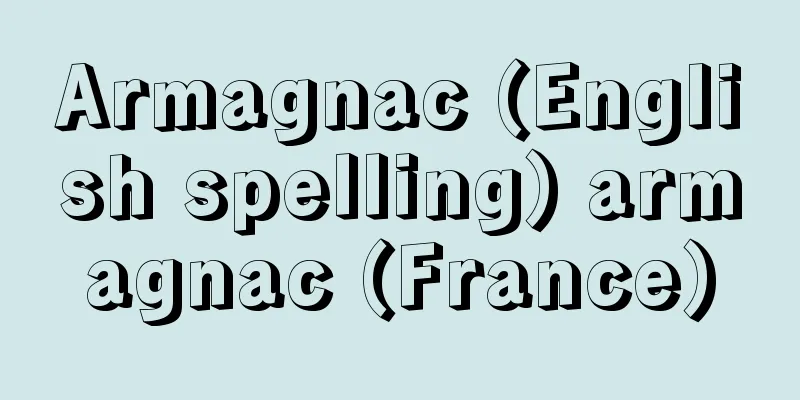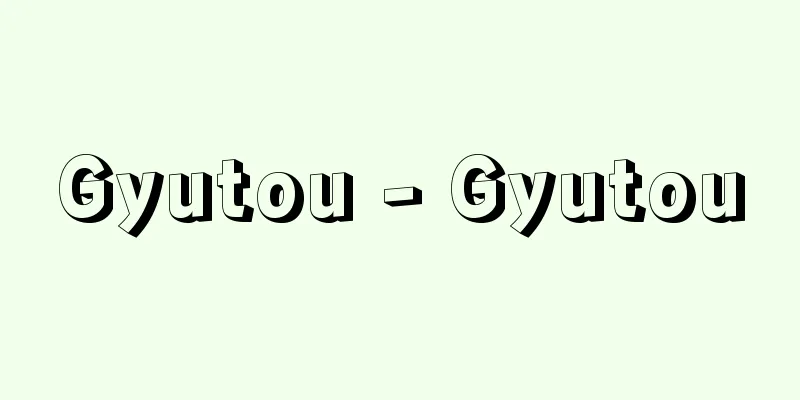Yoshikawa Koretari

|
Year of death: November 16, 7th year of Genroku (January 1, 1695) Year of birth: Genna 2 (1616) A Shinto scholar of the early Edo period. He studied Yoshida Shinto and went on to found Yoshikawa Shinto. He was from Edo. His real surname was Minamoto, his childhood name was Chiyomatsumaru, and he was commonly known as Gorozaemon. His pen names were Shigodo, Shozan Inshi, Yushi, and Kashiwaba Shujin. His name changed from Motonari to Koretari, and then to Toji. The "Toji" in Toji was inherited from his teacher, Hagiwara Kaneju, who taught him Yoshida Shinto. He was adopted by Amagasakiya, a fish merchant in Nihonbashi, Edo. After failing in business and retreating to Kamakura, he aspired to study the classics, and in 1653 he went to Tokyo to study Yoshida Shinto under Hagiwara Kaneju. Kaneju recognized Koretari's academic ability and imparted all the mysteries of Yoshida Shinto to him. He later returned to Edo and began preaching Yoshikawa Shinto. His fame spread, and he was trusted by many feudal lords, including Tokugawa Yorinobu, the lord of the Kii (Wakayama) domain, and Hoshina Masayuki, the lord of the Aizu domain. Masayuki in particular welcomed Koretari to Aizu and learned Shinto from Koretari. In 1667 (Kanbun 7), he was summoned by Shogun Tokugawa Ietsuna, and in 1682 (Tenna 2), Shogun Tokugawa Tsunayoshi appointed him as the Shogunate's Shinto official. Thereafter, the Yoshikawa family inherited this position. Koretari's Shinto theory was based on Yoshida Shinto, but he removed its Buddhist coloring and instead promoted syncretism with Neo-Confucianism, which was adopted by the Tokugawa Shogunate, and preached the unity of Shinto and Confucianism. Therefore, Yoshikawa Shinto's claims emphasized the moral aspect and tended to be critical of Shinto centered on shrine families. According to the Yoshikawa Shigodo Jiki, traditional Shinto was called Shrine Family Shinto, and Koretari's Shinto was called Rigaku Shinto. He was a Shintoist who promoted Shinto from being centered on the shrine family to being a general academic subject. <Works> "Shinto Daiichu" <References> "Research on Yoshikawa Shinto" by Chiba Sakae, "Basic Research on Yoshikawa Shinto" by Hira Shigemichi (Yoshitaro Hakusan) Source: Asahi Japanese Historical Biography: Asahi Shimbun Publications Inc. About Asahi Japanese Historical Biography |
|
没年:元禄7.11.16(1695.1.1) 生年:元和2(1616) 江戸前期の神道学者。吉田神道を学んで吉川神道を創唱するに至った人物。江戸の人。本姓は源を称し,幼名は千代松丸,通称は五郎左衛門。号は視吾堂,湘山隠士,幽子,柏葉主人。名は元成より惟足を経て従時と改めた。従時の従は,吉田神道の伝授を受けた師の萩原兼従より1字受け継いだもの。江戸日本橋の魚商・尼崎屋の養子となる。商売に失敗し,鎌倉に退いてから古典の学を志し,承応2(1653)年上京して萩原兼従より吉田神道を学んだ。兼従は惟足の学力を認め,吉田神道の奥義をことごとく伝授した。のち江戸に戻り,吉川神道を唱道する。その名声は広がり,紀伊(和歌山)藩主徳川頼宣,会津藩主保科正之ら諸大名に信頼され,特に正之は会津に惟足を迎え,惟足から神道を学んだ。寛文7(1667)年には将軍徳川家綱に召され,天和2(1682)年将軍徳川綱吉から幕府神道方を命ぜられた。以後,吉川家がこれを世襲することとなった。惟足の神道説は吉田神道を基礎とするが,その仏教的色彩を除き,むしろ徳川幕府の採用していた朱子学との習合を推し進め,神儒一致論を説いた。したがって,吉川神道の主張は道徳的な側面が強調され,社家中心の神道に対して批判的傾向にあった。『吉川視吾堂事記』によると,従来の神道を社人神道と称し,惟足の主張した神道を理学神道と称するとある。神道を社家中心から一般的な学問対象へと進めた神道家である。<著作>『神道大意註』<参考文献>千葉栄『吉川神道の研究』,平重道『吉川神道の基礎的研究』 (白山芳太郎) 出典 朝日日本歴史人物事典:(株)朝日新聞出版朝日日本歴史人物事典について 情報 |
Recommend
Mycorrhizal fungus - Kinkonkin
A fungus that forms mycorrhizae, a symbiotic relat...
Torre-Nilsson, L.
...Since then, Brazilian cinema has remained behi...
EDR (heat sink) - EDR
…In terms of the heat dissipation method, they ar...
nukta
For example, as soon as a meeting ends, everythin...
Bunji Suzuki
A social activist during the Taisho and Showa per...
Hirota Shrine
It is located in Taisha-cho, Nishinomiya City, Hy...
Emperor Showa
Year of death: January 7, 1989 Year of birth: Apri...
Yokohama Raw Silk Exchange
A commodity exchange in Yokohama for the purpose o...
California Dolls
…He used Burt Lancaster, Jack Palance, Eddie Albe...
《Family Vocabulary》 - Kazoku no Goi
…Together with her husband Leone, a famous Russia...
Aiolia
…Typhōn, the king of monsters who was struck by l...
Yasuda Yukihiko
Japanese painter. His real name was Shinzaburo. H...
Phinopomastus
...General term for birds of the family Phoenicul...
annal
… [Europe] The most typical development of histor...
Tell el-Dēr (English spelling) Tell el Der
…In 1994, V. Chaillée excavated and surveyed the ...









